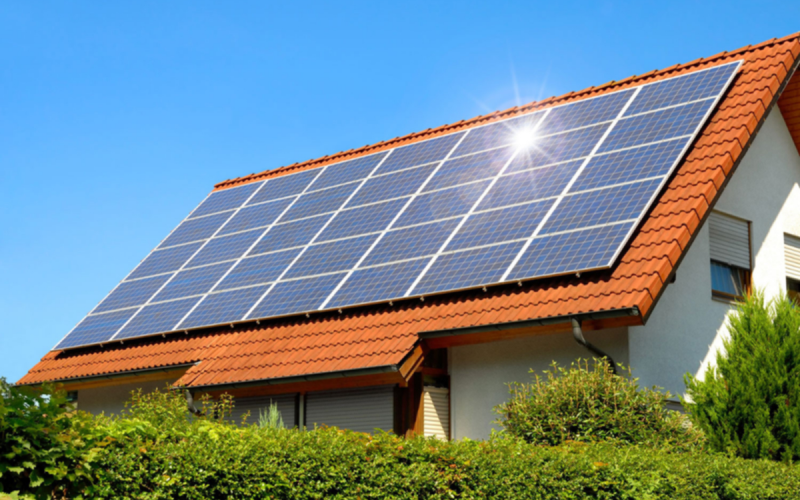Quality solar lighting makes public spaces more accessible and improves readability. It also plays an important role in fostering social cohesion, as it allows for social activities during evening hours.
Solar street lights are an excellent investment for your city, so install them today! Read on to learn more about the benefits of solar street lighting. You can also compare the cost of solar street lights with conventional electric lights. And don’t forget to check out our article on the installation process of solar street lights!
Installing a solar street light is easy
When installing a solar street light, it is important to follow the correct steps and guidelines. First, position the pole in a vertical position. Then, insert the steel cables into the hole in the pole below the anchor plate. After this, secure the bolts fully. After this, attach the solar street light to the pole. If you have any difficulty, do not hesitate to contact a local electrician. They will provide you with the necessary guidance.
Solar street lights are available in many designs. Some are all-in-one, while others are separate parts. Stand-alone lights are often harder to install than all-in-one or two-in-one units, and you will have to mount each part separately. Stand-alone solar street lights are cheaper but require more installation time and effort. However, you may have to buy extra parts for them to work properly.
LED street lights produce high-quality light with unprecedented energy efficiency
LED street lights are designed to reduce municipalities’ financial burden. In the Philippines, for instance, the cost of electricity consumed by streetlights accounted for about 65% of the total budget. In large cities, the cost of street lighting can eat up to 10 percent of the budget. And in smaller cities, the cost can be as high as 20 percent. Switching to LED lighting is a sound investment that will reduce energy costs, improve distribution, and decrease the city’s environmental impact.
LED street lights have a long lifespan, up to 20 years, and can maintain 90 percent of their light output. These lights also save municipalities money in the long run, as the savings can be used to upgrade aging city infrastructure and create a safer city environment. LEDs also improve visibility of the night sky thanks to their advanced optics. LEDs also produce fewer greenhouse gases, which reduces their impact on the environment.
Motion sensors detect movement near the pole
The intelligent motion sensor system allows for automatic activation of solar street lights. It detects movement near the pole and automatically adjusts light levels to optimize safety and security. It uses multifunction radar technology to detect movement and activate the light. The light source and motion sensor are integrated, meaning no pole holes are necessary. The luminaires can be mounted later. And since the lights are battery-powered, they can remain on until the sun comes up.
The range of illumination a motion sensor can detect varies according to its design. Typically, a good quality motion sensor will be capable of covering a ten to forty-foot radius. Also, the sensor should have a 360-degree detection angle to fully cover the entire area. The sensor’s battery capacity also depends on the area covered. A higher-capacity lithium-ion battery is preferable.
Cost difference between traditional electric lights and solar street lights
Despite the higher initial cost of solar street lights, their long-term costs are much lower than traditional electric lights. Traditional electric lights have a higher initial cost because they have to be installed and operated manually, while solar lights generate their own energy from the sun and store it in a battery, making them cheaper in the long run. Here are some of the key differences between solar street lights and traditional electric lights.
Solar street lights have four main components: a pole, an LED fixture, and a battery. A solar panel is mounted at the top of a pole. The other two components are located at the bottom of the pole, including a battery. The lights are mounted on top of the pole, which can range from nine to fifty feet high. The battery is usually designed to last three to four days before it needs to be recharged.
Remote management tools
A remote management tool is a handy device that lets you remotely control the brightness, dimming, and other functions of solar street lights. These devices are generally equipped with a microcontroller that sends data to a web server via GSM. Once received, the data is parsed and sent to a database on a web server, which is accessible over the internet. The device then initiates a dimming action as necessary.
A number of systems are available for remote management, including Fonroche Connect. These tools use LoRaTM low-data-rate wireless technology to transmit information about the state of individual lights. A number of advantages to these tools include real-time management and troubleshooting, and they allow quick access to product brochures and historical data. The software also allows remote programming and status monitoring of an entire set of solar street lights.






